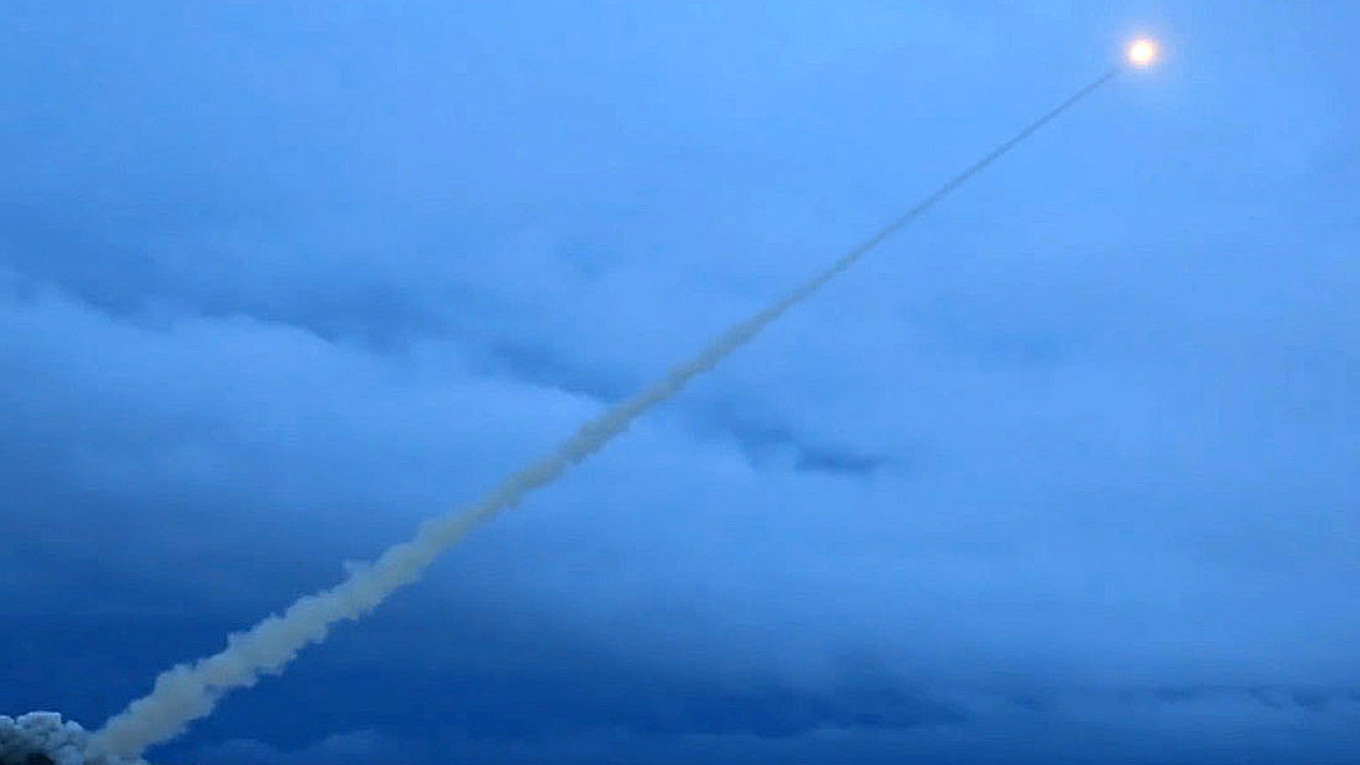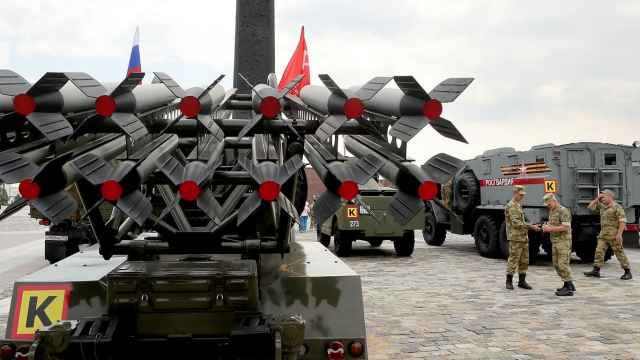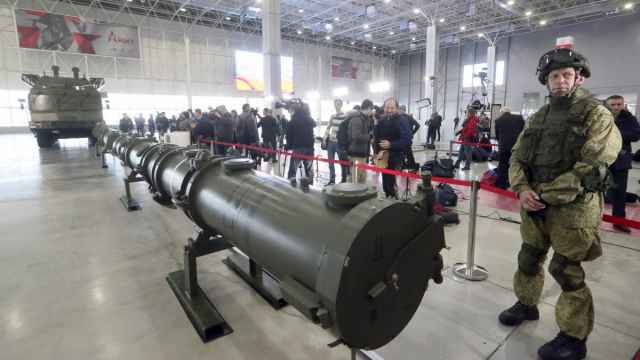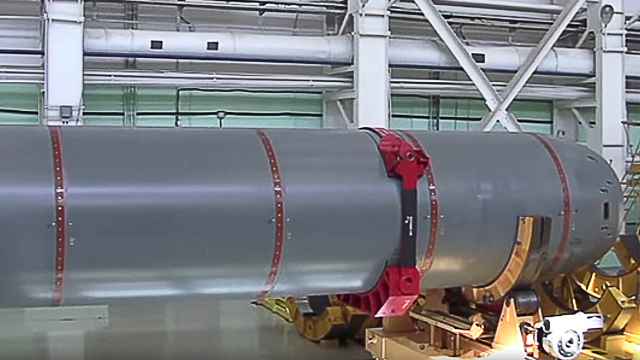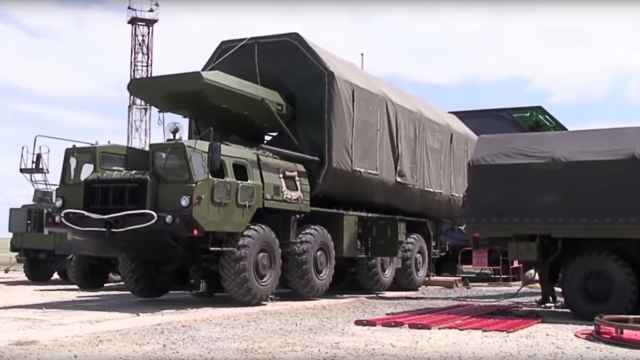Satellite images show Russia preparing to test a nuclear-powered cruise missile two years after a failed test led to a deadly recovery mission, CNN reported Thursday, citing arms control experts.
The Burevestnik, which NATO designates as SSC-X-9 Skyfall, is believed to have exploded during efforts to recover it from the sea in northern Russia in August 2019 after it crashed in secret rocket engine tests, killing five scientists. All previous tests were reported to have resulted in a crash.
A high-resolution image taken by cloud-penetrating radar on Aug. 16 gave “strong indications” that preparations were underway for a new Burevestnik test, according to Jeffrey Lewis, an expert at the Middlebury Institute of International Studies’ Center for Nonproliferation Studies.
Other evidence includes increased cargo ship activity and supplies piling up at the Burevestnik test site near the Arctic Circle, Lewis said in an online post.
Russia also issued a “notice to mariners” warning of hazardous operations near Pankovo on the Novaya Zemlya archipelago between Aug. 15-20, he added. Russia appears to have renovated the Pankovo site after dismantling it in 2018 following a failed test of the Burevestnik.
The expert said images showed a large “environmental shelter” to protect the missile and crews from harsh weather, which was retracted to reveal a large object on the launch pad that could be Burevestnik.
“None of these signatures were present the last time the site was imaged optically in June,” Lewis said.
CNN cited an unnamed source briefed on the matter as saying that U.S. officials are aware that Russia could be preparing another test of the missile.
The Russian Defense Ministry did not respond to CNN's requests for comment.
Lewis, also citing analysis of satellite images, previously reported on plans to resume tests of Burevestnik in October.
Russian media have described the Burevestnik, which President Vladimir Putin has hailed as being unlimited in range and able to evade U.S. missile shields, as a “small flying Chernobyl.”
Russia’s possible test of Burevestnik comes amid fears of a renewed arms race between the two nuclear powers Russia and the United States after the U.S. withdrew from two key arms control treaties.
The New START treaty, which Moscow and Washington extended earlier this year, does not cover Burevestnik and other advanced weapons that Putin had unveiled during his re-election campaign in 2018.
A Message from The Moscow Times:
Dear readers,
We are facing unprecedented challenges. Russia's Prosecutor General's Office has designated The Moscow Times as an "undesirable" organization, criminalizing our work and putting our staff at risk of prosecution. This follows our earlier unjust labeling as a "foreign agent."
These actions are direct attempts to silence independent journalism in Russia. The authorities claim our work "discredits the decisions of the Russian leadership." We see things differently: we strive to provide accurate, unbiased reporting on Russia.
We, the journalists of The Moscow Times, refuse to be silenced. But to continue our work, we need your help.
Your support, no matter how small, makes a world of difference. If you can, please support us monthly starting from just $2. It's quick to set up, and every contribution makes a significant impact.
By supporting The Moscow Times, you're defending open, independent journalism in the face of repression. Thank you for standing with us.
Remind me later.


